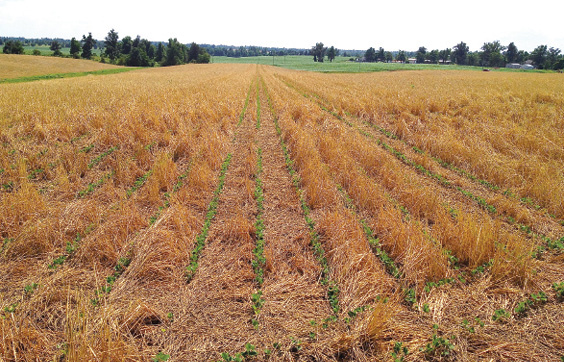Advertise Follow Us
Cover Crops

Uncover the latest information on different species of cover crops and their benefits; tips on the equipment used to seed them; and how no-tillers are using covers on their farm operation to improve their no-till systems.
ARTICLES
[Podcast] What a Glyphosate Ban Could Do to U.S. Agriculture
In this podcast, brought to you by Yetter Farm Equipment, Elizabeth Burns-Thompson, executive director of the Modern Ag Alliance (founded by Bayer), details the organization’s work to protect the availability of crop protection tools such as glyphosate.
Read More





















